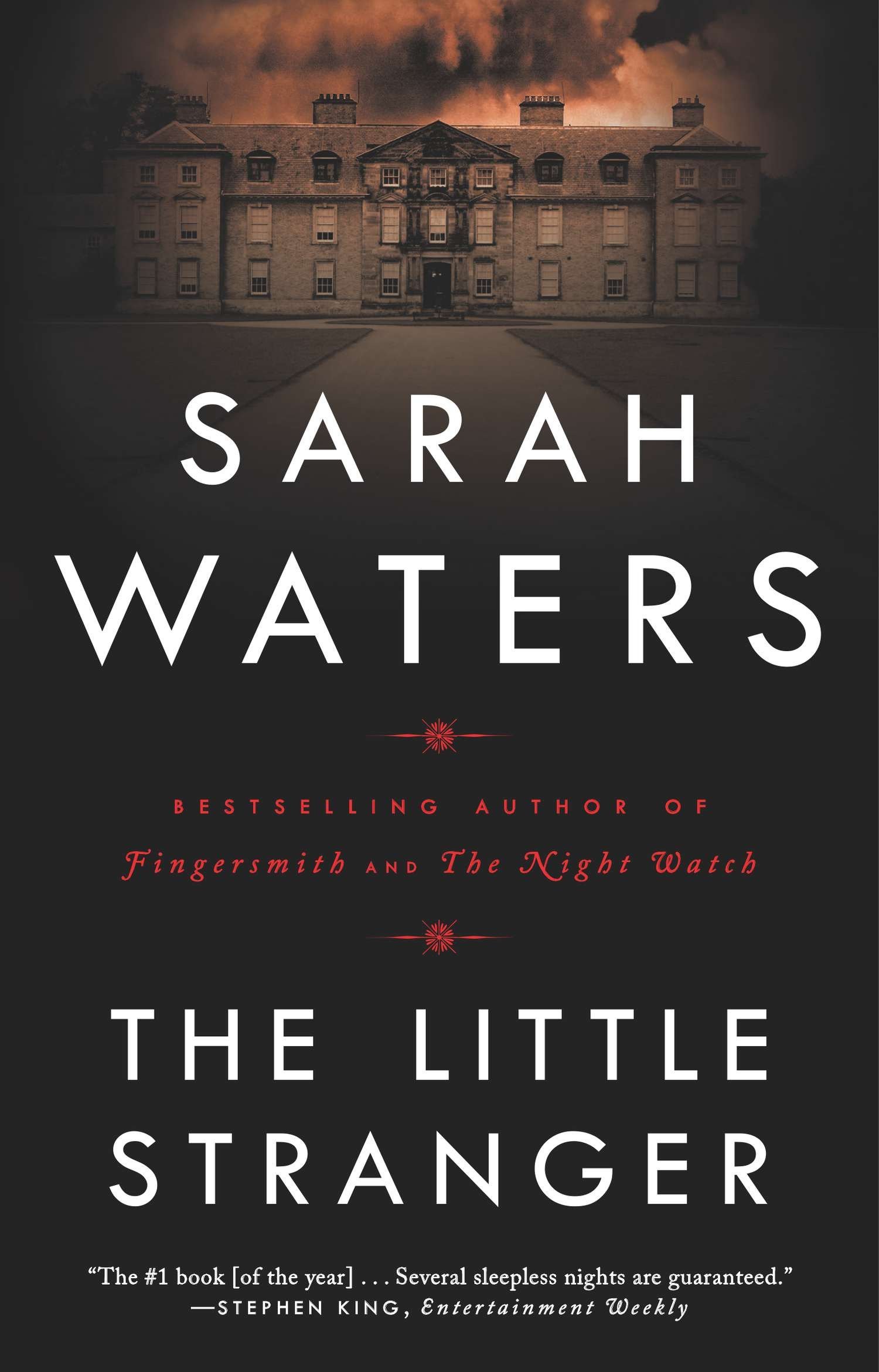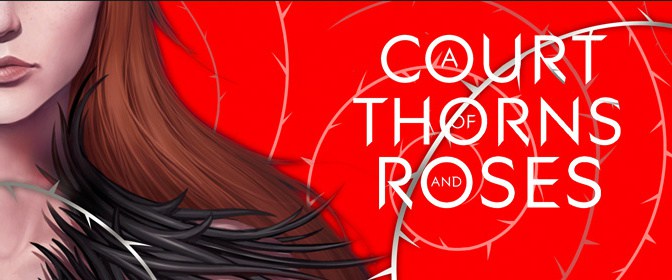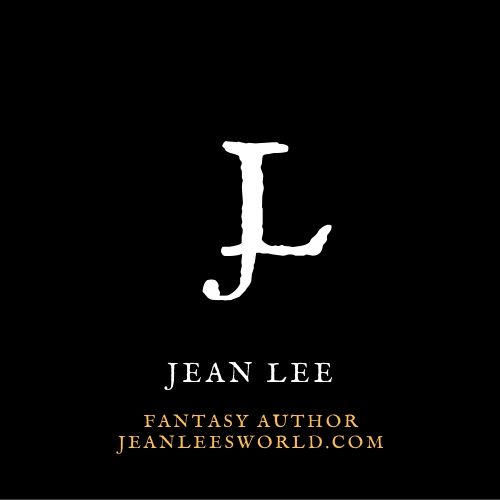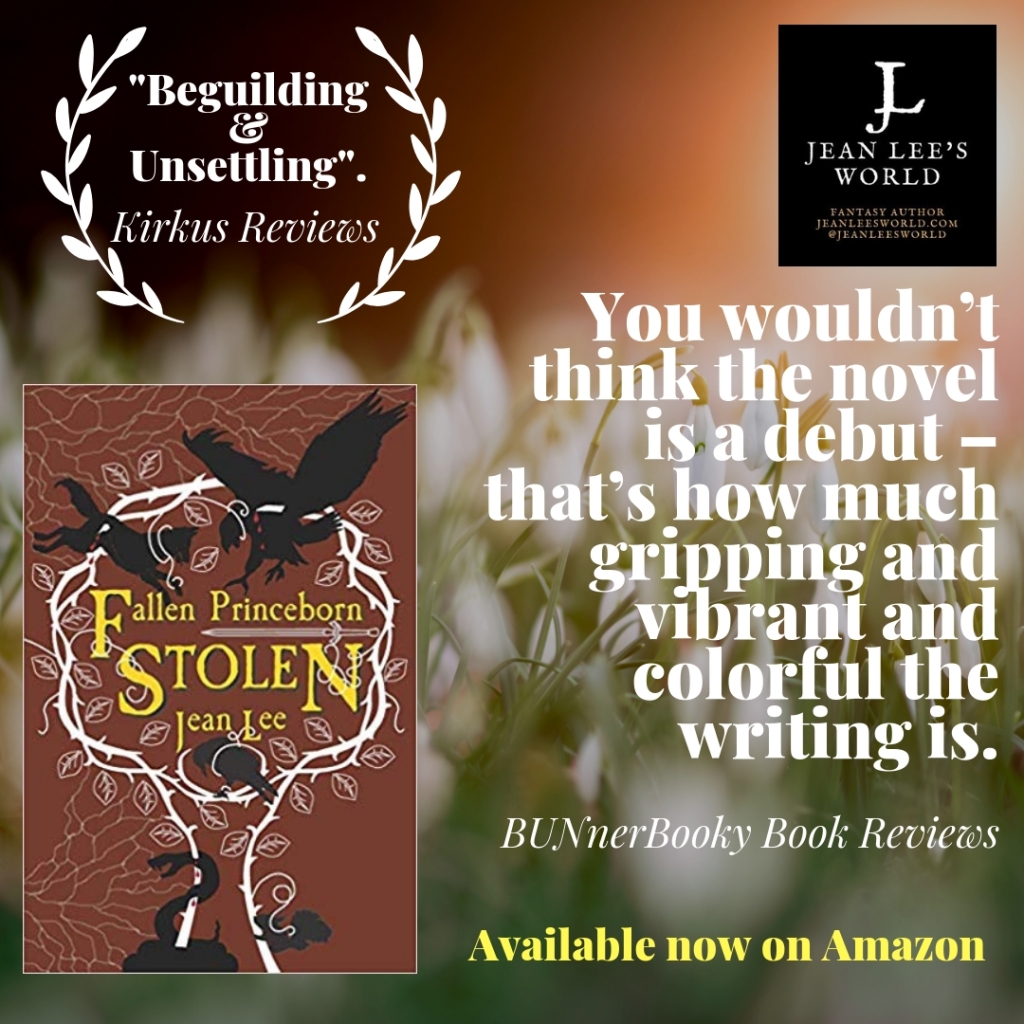As readers, we build upon our knowledge of previous stories to create expectations. If someone tells us their story is “Thomas the Tank Engine meets Dracula,” we expect some sort of life-sucking creatures living among talking vehicles. If someone says they’ve done a retelling of, say, “Alice in Wonderland with some Resident Evil thrown in,” then we expect a heroine stumbling into another world filled with zombies, puzzles, and big bad monsters.
As writers, we want readers to know they’re going to like our book. We need to show them the book has stuff they like. That’s why we cling so to the subgenres and the comparisons. “If you like Beauty and the Beast, you’ll love this! If you like ghost stories, you’ll love this!”
But there’s a problem with such expectations: They have to pay off in a way readers will accept. Is it safe to delay those expectations, or derail them entirely?
Let’s look first at delaying them. Take Sara Waters’ The Little Stranger.
Riveting trailer, isn’t it? Eerie, dramatic, a ghost story through and through. The tension builds from the first second to the last. I saw the trailer while checking Facebook for pictures of my niece and nephew. The trailer popped up on my feed, and I was hooked! I NEEDED to read the book before I see the movie…eventually. (Hey, babysitters are expensive.)

The prose is beautiful, of course. Waters walks readers through Hundreds estate one step at a time. We see every wall, every room, every window, every garden. We feel like we’re there.
But unfortunately, this is also part of the problem. For a story advertised as “A chilling and vividly rendered ghost story set in postwar Britain,” it takes 150 PAGES for the paranormal element to reveal itself.
Think about that. What if it took Alice fifteen chapters to find the rabbit hole, and you spent the first half of the book just gabbing with her sister? What if Poirot wasn’t called to investigate a murder until the tenth chapter, the previous chapters all about him enjoying London? I’m sure he’d be fun as a tour guide, but come on–that’s not why I picked up his book.
Beautiful writing or no, if a book is categorized as under a specific genre like ghost story, then it’s fair to expect that genre dominates the book. It’s not like Waters’ characters had to see blood on the walls by Chapter 2, but I’ve no doubt that in all their wandering through the house in the first 150 pages Waters could have dropped a few peculiar touches to promise us readers that yes, the ghostliness is coming if we just hold out a little bit longer.
The same problem arises with likening a story to one we already know. Several reviews called Sarah J. Maas’ A Court of Thorns and Roses a retelling of Beauty and the Beast, and many of the elements of the book pay off to that expectation: girl Feyre kills a wolf who turns out to be a Faerie, so she’s told by a Faerie High Lord named Tamlin she must come to his court as a consequence. His court’s cursed by an evil queen, and Feyre’s love of Tamlin is a key to breaking the curse. She breaks the curse, the queen dies, they all go home, the end. Not a bad following of B&B, sure. BUT: this is Book 1 of a series.
Beauty and the Beast ends with that broken curse (no matter what Disney says). Where is there to go?
Helter Skelter, apparently. In the second book, A Court of Mist and Fury, we find out Tamlin is actually a really nasty possessive jerk and one of the evil queen’s henchmen who is another High Lord is secretly a really nice guy who’s been dreaming about Feyre for years, so they get to fall in love and have lots of sex and so on.
Say WHAT?
Hearing a story is akin to Beauty and the Beast establishes a very specific set of expectations in the reader’s mind: thoughtful female, misunderstood male cursed in appearance, and their love conquers all. Maas builds the relationship of Feyre and Tamlin with every touch of love and understanding, right down to the moment Feyre’s paintings speak to Tamlin’s inner struggle in helping his people. When Feyre faces the evil queen, she says time and again she’s fighting for her love, Tamlin.

Yet in Chapter 1 of Mist and Fury, we’re hearing that Feyre is vomiting and can hardly sleep. Tamlin’s as much of a wreck, but they don’t talk. They’re going to get married, but Feyre is dreading the wedding so much she’s praying to be saved. This calls in Rhys, that other High Lord who was once the evil queen’s henchman. He carries her off to his court, and from this point we realize just how traumatized Feyre is from her trials under the evil queen. Chapter by chapter we see that Rhys is the one who truly understands Feyre, noble and kind, willing to put all he has on the line for the sake of protecting those he loves.
Gosh, this sounded familiar to me. The first impression of a brute, a cad, a wicked man who surely cares nothing about others, but upon second look is actually very kind, noble, self-sacrificing….
Hey, that’s Pride and Prejudice!
Rhys is the handsome, brooding Mr. Darcy in faerie form, deeply misjudged by Feyre in the first book because she’s so taken with her Mr. Wickham–I mean, her Tamlin. Only as she spends time with Rhys/Mr. Darcy character does she see the depth of his goodness, and therefore more clearly sees Tamlin/Mr. Wickham’s truly vile nature.
At first, I couldn’t understand why Maas simply hadn’t called this series a re-imagining of Pride and Prejudice. Readers would have walked into the series with the correct expectations. They’d have known Tamlin was all wrong for Feyre, even as the relationship grows in Thorns and Roses.
But those correct expectations come at a cost: killing the surprise.
Readers want to be surprised. They want to not know what’s going to happen next. But they don’t like a bait’n’switch pulled on them, either. So, I went back into Thorns and Roses to see if Maas had put any foreshadowing of the relationship breaking.
Sure enough, I find a few spots.

Shortly before Tamlin and Feyre talk about her art, she is wondering if she should live elsewhere so she doesn’t distract Tamlin from fighting rogue monsters.
[Tamlin] laughed, though not entirely with amusement… “No, I don’t want you to live somewhere else. I want you here, where I can look after you–where I can come home and know you’re here, painting and safe.” (206)
This is exactly what he expects of her in those first chapters of Mist and Fury–to be content painting on his estate forever and ever. He pushes this so hard he even locks her in the house so she can’t escape.
The last chapter of Thorns and Roses shares a good deal of Feyre’s pain after taking two innocent lives during the evil queen’s trials. Even when she’s back with Tamlin, she feels that something’s come apart in her.
Tomorrow–there would be tomorrow, and an eternity, to face what I had done, to face what I shredded into pieces inside myself while Under the Mountain. (416)
Maas sewed the seeds for this relationship’s end, but with expectations centered around a Beauty and the Beast kind of story, readers like myself were all too keen to ignore those seeds. Yet if Maas had allowed marketing to tie her series to Pride and Prejudice, aaaall that romantic tension between Feyre and Tamlin in Thorns and Roses would have been a waste of time.
I wish I had the answer to this writer’s problem. I want readers to read my stories and not feel duped or betrayed.
Perhaps it’s the reader’s responsibility not to think writers are going to follow a paint-by-numbers approach for a genre or a retelling.
But it’s equally the writer’s responsibility not to depend on that genre or retelling as a selling crutch. Your story has been and always will be more unique than that.
Read on, share on, and write on, my friends!



Like the point you make about how long to delay reward. A novel would need incredible foreshadowing to keep a reader interested and waiting for half a book.
LikeLiked by 1 person
Thanks! Yes, if not for the movie trailer, I’d have shelved The Little Stranger.
LikeLiked by 1 person
I have done that as well. Books need to keep us engaged and deliver their promise. Perhaps, it is a commentary on the society we live in, where we want instant gratification.
LikeLiked by 1 person
I’ve wondered about that, too. There’s only so much Dickensian meandering we can take these days. And yet, I’m going to blame marketing on this, too. If you’re going to bang us over the head that something’s a ghost story, but then don’t give us the ghost story for ages and ages, how else are we to react?
LikeLiked by 1 person
Exactly.
LikeLiked by 1 person
I don’t what to say about books specifically but I do know each art genre has to have that ‘unique’ thing or else it’s never going to be better than average. I like the b&w photos you’ve set the blog post against by the way. ~ George
LikeLiked by 1 person
Thanks! I think people get so desperate to sell they’ll bank on the carbon-copy style instead of uniqueness. I’d rather be unique. 🙂
Thanks on the photos–my friend Emily is amazing with a camera. xxxxx
LikeLike
It’s all such a balancing act, isn’t it? For your work, having read the fabulous short stories, I think they’re a great set up for what’s to come- Can’t wait!!!
After “creatively skimming” The Little Stranger book, that preview was…different. It looked good, though- perhaps it will be one of those oh so rare cases where the movie captures the story better than the book did, by tightening up the loose ends? (You’ll have to watch it someday and let me know- I’m a wimp when it comes to ghost stories 😉 )
LikeLiked by 1 person
I’m kinda hoping I can sneak out and see it after Bo gets home from work one night in August. 🙂 It can’t get me as angry as ANNIHILATION, at least….can it? Nah… 😉
LikeLiked by 1 person
I won’t jinx it by saying no, lol, but I find I like movie adaptations better when I like the book less…
LikeLiked by 1 person
Excellent point! Say what you will about Tim Burton, but I thought his version of Sleepy Hollow was way more fun than the original story. But as you say, I hated the original… 😉
LikeLiked by 1 person
I remember that one being a fun ride. Better movies than books are almost unicorn-rare, but they do happen! I’m trying to think of another…maybe after more coffee…
LikeLiked by 1 person
Excellent post. I’m an impatient reader. You’ve captured my sentiments exactly—okay, okay, I know what the window looks like, now get on with the story! And yes, I hate being misled about a book’s contents.
LikeLiked by 1 person
I know, right? It’d be one thing if some of the details felt out of place, or if a couple more strange things were happening on the periphery, that would have made SUCH a big difference. If not for the movie trailer, I’d have shelved the book. 🙂
LikeLiked by 1 person
Me too!
LikeLiked by 1 person
Once again, an interesting, worthwhile article, Jean:)). The first book you mention would have gone flying across the room – Life is simply too short and I have far too many good books on my TBR pile to waste time on such self indulgence. The second? The chances are that I would have missed all those expectations because I have come to LOATHE blurbs with a passion. The current fashion is to blab the first major plotpoint on the backcover that clearly has been crafted by the author to be a surprise to the reader. So I mostly skip them. And the other major advantage is that I generally pick up most books without knowing all that much about them. But would I have minded if the protagonist suddenly seems to find the love of her life for less appealing in Book 2? Not sure… I’m guessing Maas does it well so that we don’t feel she is a fickle-hearted flirt – in which case, that’s okay.
But you’re right – it does pose some tricky questions for the author – and this is one I’ll be grappling with myself in the future… So I read your post with great interest!
LikeLiked by 1 person
Thank you! Yes, at first, I was thinking Maas pulled an Austin Powers: The Spy Who Shagged Me and just blew up her initial male so she could have another male for a whole new round of tension. But Maas fairly paces out the romantic tension in Book 2. Feyre takes a long, loooong time to come to terms with her feelings for the new guy, and NOW they’re in it to win it. 🙂 The blurb was RIDICULOUS: her feelings go from “icy hostility to fiery passion”–FOR CRYING OUT LOUD. What actually hooked me to read this series were the reader reviews: people either LOVE this series, or HATE it, and I had to find out why. Now I can see where the hate comes from, but I can see why people love it, too. Yay, perspective!
LikeLike
Love this breakdown of Maas’ books! Interesting things to ponder.
LikeLiked by 1 person
Thanks! Maas creates an amazing world, especially in Mist and Fury, which is partly why I think readers love the series so much. But she also does such a good job building the romantic relationship in the first book that I can understand why people get so pissed about Tamlin’s character in the second book.
LikeLiked by 1 person
I think you’re right! I’m a sucker for stories that don’t go where they’re expected to go. Personally, I think SJM handled it really well. Just the way Rhys was introduced in book 1 was a huge clue. The classic damsel in distress set up. Loved it!
LikeLiked by 1 person
Yup! Once one goes back and does a little re-reading, aaaaaall the clues are there. It’s that blasted B&B trope that blinds us. I gotta tip my hat to Maas for planning like a boss!
LikeLiked by 1 person
IKR?! She hit that series out of the park!
LikeLiked by 1 person
Yes, I agree, particularly that you’ve had to go back and re-read A Court of Thorns and Roses to find clues you probably would not have missed if reviewers and publishers hadn’t been so keen to stick a label on the book. When a story is good, I don’t need reassurance about the source, I want to lose myself in it, and make my own mind up. I loved The Little Stranger, perhaps because by the time I came across it I’d forgotten what had been said about it, and I rarely read blurb before I start reading.
LikeLiked by 1 person
And I enjoyed Little Stranger, too, once the paranormal stuff started. Telling the story from the skeptic doctor’s perspective does such brilliant work of adding tension. But yeah, that movie trailer made me think the plot was going to kick in a LOT sooner than it did, and that was frustrating.
LikeLiked by 1 person
Do you think you’ll see the movie? We could compare notes! 🙂
LikeLike
It has been a while, Jean, I have to do some serious catching up. These 5 months were… complicated.
I couldn’t agree more. If I have read 20% and still don’t get it – sorry, book. I am very forgiving and can understand their reasons to write, and their reasons to write book #2 and all… And I also risk missing the most brilliant remaining 80% 😉 It is tough to be a reader 🙂
LikeLiked by 1 person
It IS tough, darnit.
AND YAY TO YOUR RETURN! I shall trumpet my huzzahs from the proverbial rooftops. What matters is that you’re back, and you are as brilliant and warm and talented as ever, Friend! xxxxxxxxxxxxx
LikeLiked by 1 person
Thank you so much, sunshine xxxxxxxxxxxxxx
LikeLiked by 1 person
Looking forward to reading your stories as soon as I figure out the downloads to my kindle! Maybe you’ll do an interview for my blog and I can link the stories?
LikeLiked by 1 person
WOOHOO! Sure! just email me at jeanleesworld@gmail.com and we can set something up!
LikeLiked by 1 person
Pingback: #lessons learned in #worldbuilding for #writing #fantasy #fiction: Naomi Novik’s Uprooted | Jean Lee's World
Pingback: #writing #music: Peter Gabriel’s “Wallflower” | Jean Lee's World
Pingback: #writerproblems: #writing a #cliffhanger vs. a #standalone in a #novelseries | Jean Lee's World
This is so so true. I remember reading a much vaunted story selling itself about an exciting thriller based in the high mountains involving nerve shredding climbing. 250 page book and we didn’t get into the mountains until after about 200 pages. It was a good story but I didn’t enjoy it as much because of the missing mountains..
LikeLiked by 1 person
Yes, exactly so! On the one hand, I can appreciate a writer want to give away the plot, but at the same time, a writer shouldn’t be pulling a bait’n’switch.
LikeLiked by 1 person
Pingback: #lessonslearned from @arden_katherine: #readers don’t need to see the #horror to feel it. #amwriting #writetip | Jean Lee's World
Pingback: #lessonslearned in #writing #fiction from #RobertMcKee and #StarWars: there are consequences to shoddy #worldbuilding. Part 3: Digging #plotholes with false #mystery. | Jean Lee's World
Pingback: #writerproblems: Expectations and Payoffs in #Storytelling Done Right (or, #writingtips from #YouLetMeIn by @millacream) | Jean Lee's World